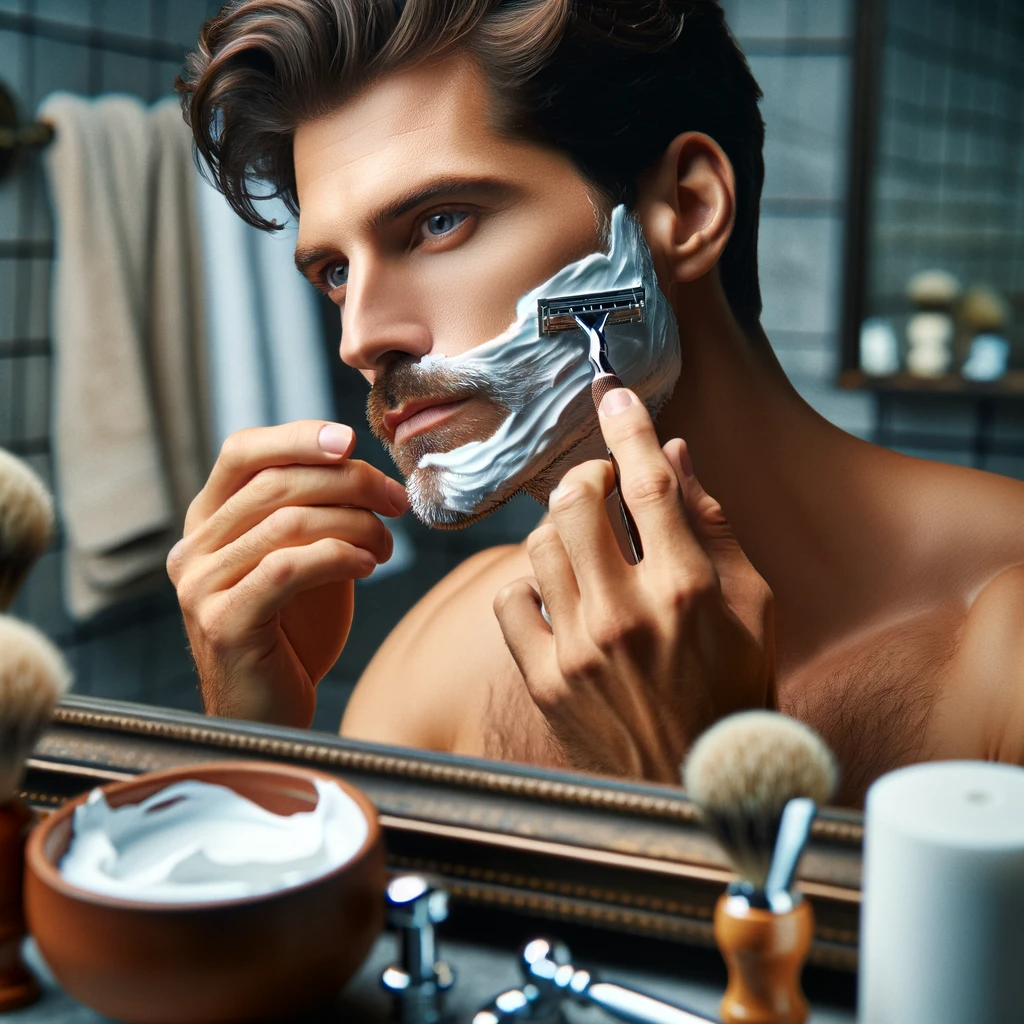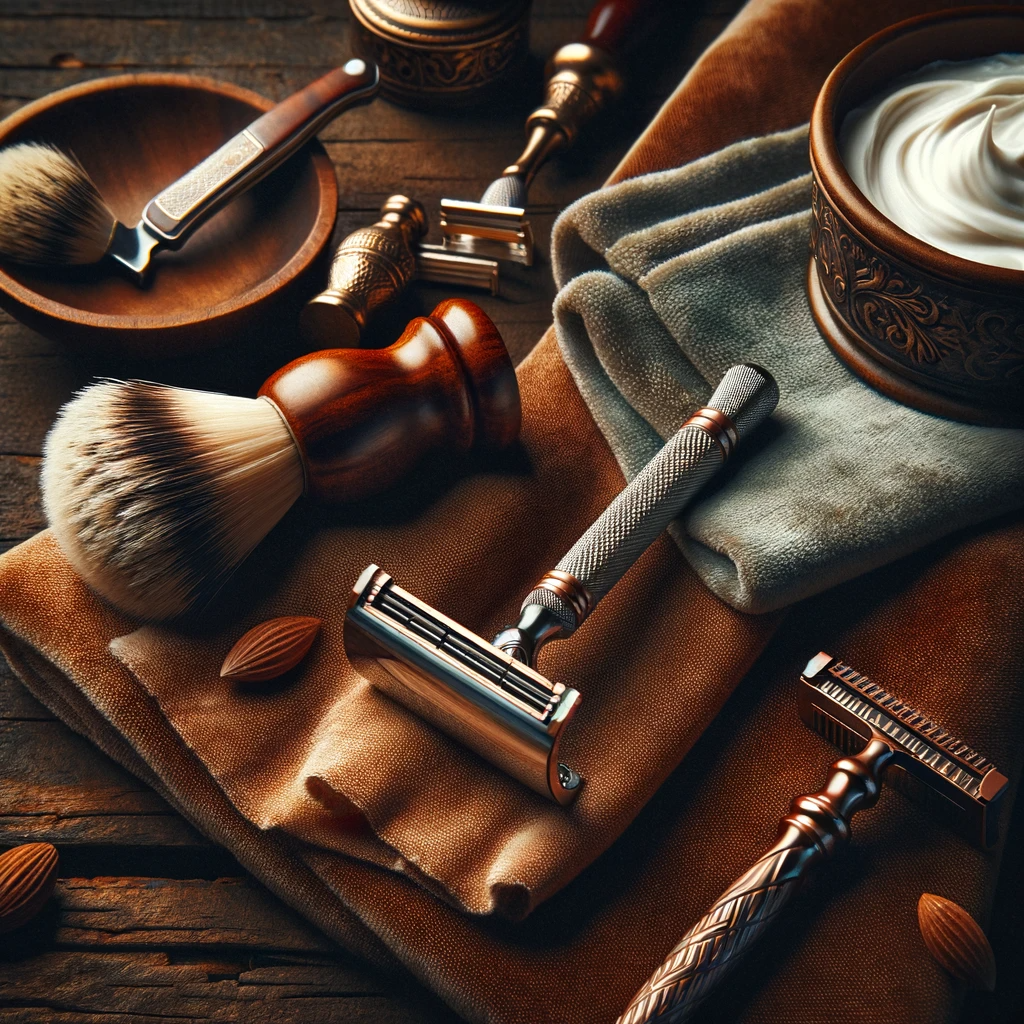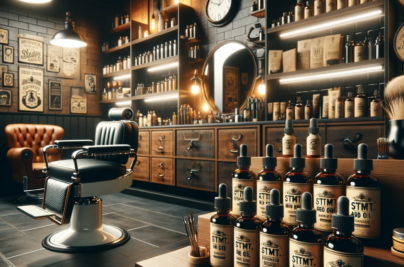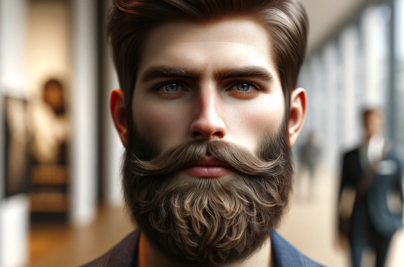Introduction
In a world where convenience often trumps quality, the art of shaving has seen a significant transformation. The safety razor, once a staple in every gentleman’s grooming kit, is making a remarkable comeback. This post is dedicated to unraveling the charm of shaving with a safety razor and why it could be the best choice for your skin and your shaving ritual.
The History of the Safety Razor
The safety razor, first introduced in the late 19th century, was a revolutionary invention. It offered a closer shave than ever before while minimizing the risk of cuts, hence the name ‘safety’. Over the years, this tool has evolved, but its essence remains the same – a single blade that delivers a smooth, close shave.
Why Choose a Safety Razor?
- Superior Shave Quality: The single blade of a safety razor cuts the hair at skin level, reducing the chances of ingrown hairs and razor bumps.
- Cost-Effective: While the initial investment might be higher, safety razor blades are much cheaper than modern multi-blade cartridges.
- Eco-Friendly: Safety razors and their blades are made from metal and are far more sustainable and less wasteful than plastic cartridges.
- Less Irritation: With proper technique, safety razors provide a smooth shave with less irritation, ideal for sensitive skin.
- Precision Shaving: The design of the safety razor offers greater control and precision, perfect for sculpting facial hair.
How to Shave with a Safety Razor
Shaving with a safety razor is an art that requires some practice. Here are some steps to get you started:

- Prep Your Skin: Start with a warm shower or apply a warm towel to your face to soften the hair and open up the pores.
- Apply Shaving Cream or Soap: Use a quality shaving cream or soap to create a rich lather. A shaving brush can elevate this process by exfoliating the skin and lifting the hairs.
- Shave with the Grain: Start by shaving in the direction of hair growth. Hold the razor at about a 30-degree angle and use short, light strokes.
- Rinse and Repeat if Necessary: Rinse your blade often. If you need a closer shave, reapply cream and shave across or against the grain.
- Aftercare: Rinse your face with cold water to close the pores. Apply an alcohol-free aftershave or moisturizer to soothe the skin.
Safety Razor Maintenance
To ensure longevity, clean and dry your razor after each use. Change blades regularly to avoid dullness, which can lead to nicks and irritation.
Conclusion
The safety razor is more than just a shaving tool; it’s a statement of style, precision, and sustainability. It encourages us to slow down and appreciate the ritual of grooming. Whether you’re a seasoned wet shaver or a curious beginner, the safety razor offers an experience that is both luxurious and practical.


